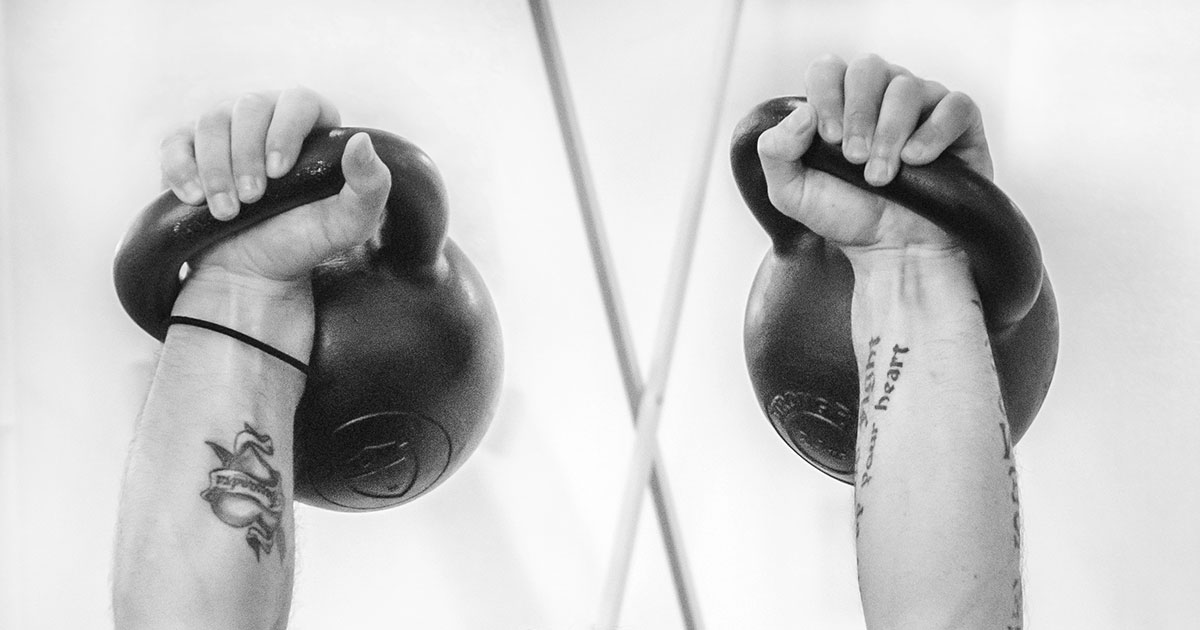a 1rm can some days fly up and other days feel like a total grind
Fluctuation of Strength
This has been previously addressed.
With that in mind, let's go over it once more.
Research shows that Strength can fluctuate around 15% from one Training Session to the next.
Thus, the Rate of Perceived Exertion will vary due to the fluctuation of Strength.
Being strong in one session mean the weight is easy and feel that way; meaning a lower Rate of Perceived Exertion.
Being weaker in a session means the same weight will be harder and feel harder; meaning a higher Rate of Perceived Exertion.
It's somewhat similar to body weight fluctuating from day to day.
The Bulgarian Olympic Lifter Training Percentage Method
The Bulgarians realized their are fluctuations in Strength Training Sessions; adjusting their works based on their 1 Repetition Training Max.
The Bulgarians would work up to a Training 1 Repetition Max. Then calculate the Training Percent in the movement for the rest of the workout based on the Training 1 Repetition Max.
This method ensured the Bulgarian Training Percentages for a particular lift was spot on for that particular movement in the particular Training Session.
The Traditional Method of Percentage Training
The Traditional Method of determining a Training Percentage is usually base an individual top 1 Repetition Max
This approached is flawed. It assumes that Strength is constant. That on any give day an individual is able to perform top 1 Repetition Max in a movement; which is incorrect.
With that in said, let's look at the Russians vs the Bulgarians approach...
Competition 1RM and Training 1RM
Although the characterization of the differences between the Russian and Bulgarian methods of training for Olympic weightlifting described above is now widely accepted, the differences may not be as stark as is generally believed.
Zatsiorsky (1992) compared the Russian and Bulgarian methods, noting
the main difference between the two groups is the number of lifts reported at >90% of 1RM. According to the calculations made by Zatsiorsky (1992), the Russian teams report just 600 lifts per year, while the Bulgarian athletes report 4,000 such lifts a year. Zatsiorsky (1992) explains that
this is not as substantial a difference as immediately appears, as the 1RM used by the Russian method is the competition 1RM, while
the Bulgarian approach uses a training 1RM, which is
typically around 10 – 15% lower, depending on the weight class. When normalizing both classifications to refer to competition 1RM, the number of lifts performed in the Bulgarian system that are >90% of 1RM is much reduced.–
Article Resource: 290. Zatsiorsky, V. M. (1992). International Perspective: Intensity of Strength Training Facts and Theory: Russian and Eastern European Approach. Strength & Conditioning Journal, 14(5), 46-57.
During the 1980s, Russian and Bulgarian weight lifting teams won almost all of the gold medals at World and Olympic competitions. It has been reported many times that Bulgarian athletes lift barbells of maximal weight more than 4,000 times a year. The training intensity of Bulgarian athletes is actually higher than it is for Russian athletes. However,
the real source of such a huge discrepancy (600 versus 4,000 lifts a year) is not the training itself, but the method of determining maximal weight. Russian athletes use CFm in their plans and logs, while Bulgarians stick to TFm (1 RM in a given training session.
The Take Home Message
The Bulgarian's Method of determining their Training Percentage for a Training Session is more realistic; it incorporates Rate of Perceived Exertion without realizing it.
The Rate of Perceived Exertion is then based on a "Realistic Training Max Percentage".
I am not a fan working up to a Training Max each Training Session.
Another approach is...
AutoRegulation
"Autoregulation is just a fancy way of saying you’re adjusting your workload (reps, sets, loads) based on how you’re performing during a workout. Contrary to a pre-build fixed loading program that is set in stone, autoregulation takes daily fluctuations in fitness and fatigue into account." Source:
Autoregulation in strength training: avoid overtraining and undertraining
AutoRegulation has to do with how easy or hard the Warm Up Weight feels, how quickly it moves.
If the Warm Up feels easy and the weight is moving quickly, it indicates that you can increase your Top Final Set Load beyond what you had planned.
If the Warm Up weight feels heavy and moves slowly, it indicates that you need to lower the Top Final Set Load beyond what you had planned.
Powerlifters Competition Attempts
Powerlifters, the really good ones, are Masters of AutoRegulation.
Each lift provides them feed back on their following poundage jump for their next attempt.
To reiterate, if the first attempt is easy, they are more aggressive with their second attempt poundage increase; the same applies to their third attempt.
If their opening attempt is difficult, they are more conservative with their second attempt poundage increase; the same applies to their third attempt.
Training Session should follow and adhere to the same principles.
Over time most individuals can learn this.
It's like driving a car. When you are coming up to a red light, you've learned over time, when to start braking and how much pressure to apply to the brakes to stop.



